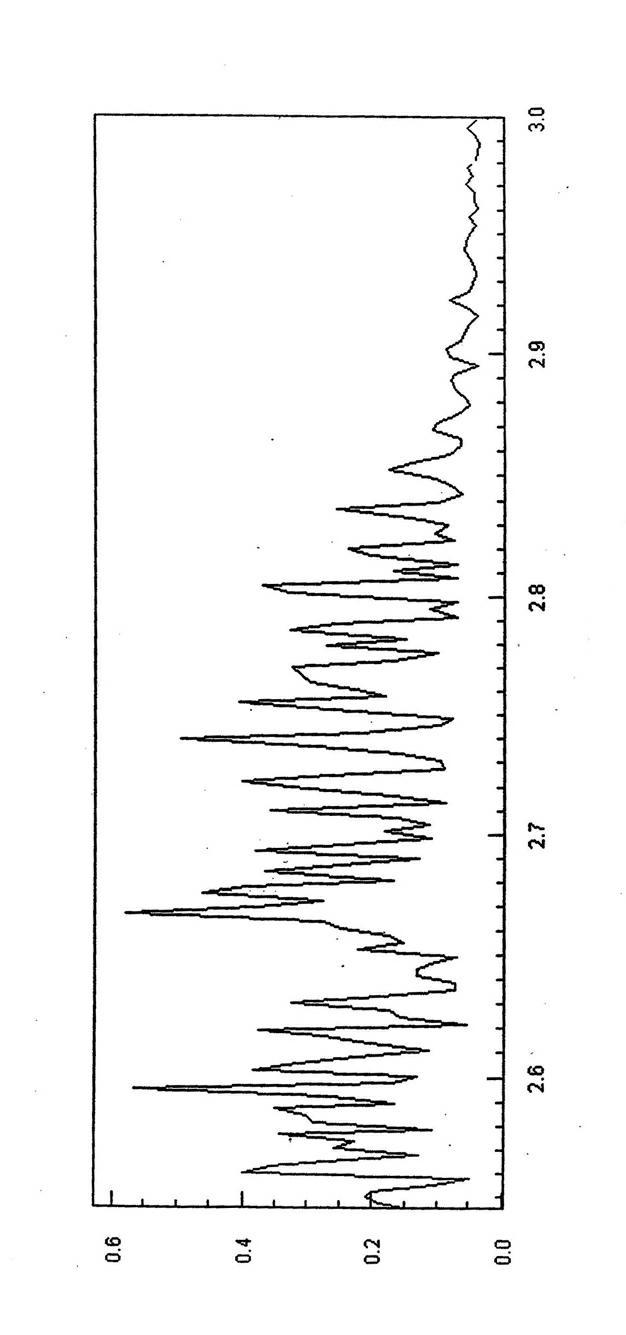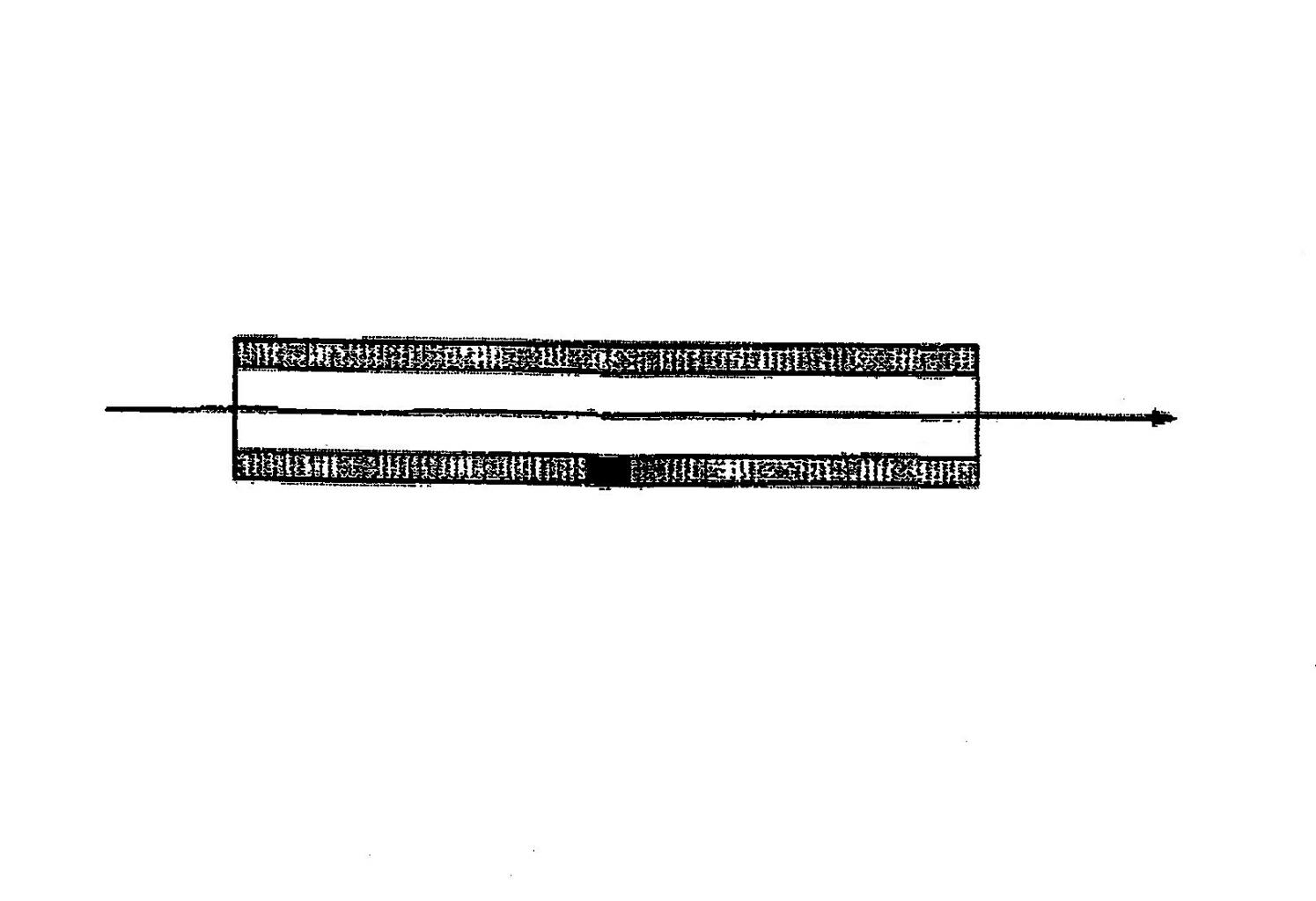Method for detecting concentration of trace steam by using photoacoustic spectrometry method
A photoacoustic spectroscopy and water vapor technology, which is applied in the measurement of color/spectral characteristics, measuring devices, and material analysis by optical means, can solve the problems of inability to detect trace amounts of water vapor, inaccurate detection results, etc. High detection accuracy and excellent stability
- Summary
- Abstract
- Description
- Claims
- Application Information
AI Technical Summary
Problems solved by technology
Method used
Image
Examples
Embodiment
[0022] A beam of monochromatic light with adjustable intensity is modulated by a chopper, and then the spectrum passes through an optical filter to irradiate a trace amount of water vapor sample sealed in a photoacoustic cell. The trace amount of water vapor absorbs light energy and releases heat energy In the way of de-excitation, the released heat energy causes periodic pressure fluctuations of trace water vapor molecules, which can be detected by a sensitive microphone and amplified to obtain a photoacoustic signal, which is the photoacoustic effect. The use of photoacoustic spectroscopy sensors to detect trace water vapor concentrations is based on the photoacoustic effect after gas absorption spectroscopy.
[0023] please see Figure 1 to Figure 3 , the method for detecting trace water vapor concentration using photoacoustic spectroscopy of the present invention is the method for detecting trace water vapor concentration using photoacoustic spectral sensor, and this photo...
Embodiment 2
[0044] The infrared light source 1 cooperates with the optical filter 3 to emit 2.5-3μm mid-infrared spectrum, which is irradiated on the chopper 2, and the chopper 2 is controlled by the chopper control unit 4, so that the precise 2.5-3μm light source is incident on the In the resonant photoacoustic cell 8, since the photoacoustic cell 8 is filled with a trace amount of water vapor gas to be measured, the trace amount of water vapor absorbs light energy and releases the absorbed energy thermally through intermolecular collisions, and then passes through the released The energy enables trace water vapor gas molecules to convert light energy into heat energy through non-radiative transitions, and the heat energy changes the local temperature of trace water vapor gas and causes pressure fluctuations. This pressure fluctuation is detected by the electret capacitive microphone 11 configured outside the photoacoustic cell 8 with a capacitance of 10PF, a signal-to-noise ratio of 56dB...
PUM
| Property | Measurement | Unit |
|---|---|---|
| wavelength | aaaaa | aaaaa |
Abstract
Description
Claims
Application Information
 Login to View More
Login to View More - R&D
- Intellectual Property
- Life Sciences
- Materials
- Tech Scout
- Unparalleled Data Quality
- Higher Quality Content
- 60% Fewer Hallucinations
Browse by: Latest US Patents, China's latest patents, Technical Efficacy Thesaurus, Application Domain, Technology Topic, Popular Technical Reports.
© 2025 PatSnap. All rights reserved.Legal|Privacy policy|Modern Slavery Act Transparency Statement|Sitemap|About US| Contact US: help@patsnap.com



